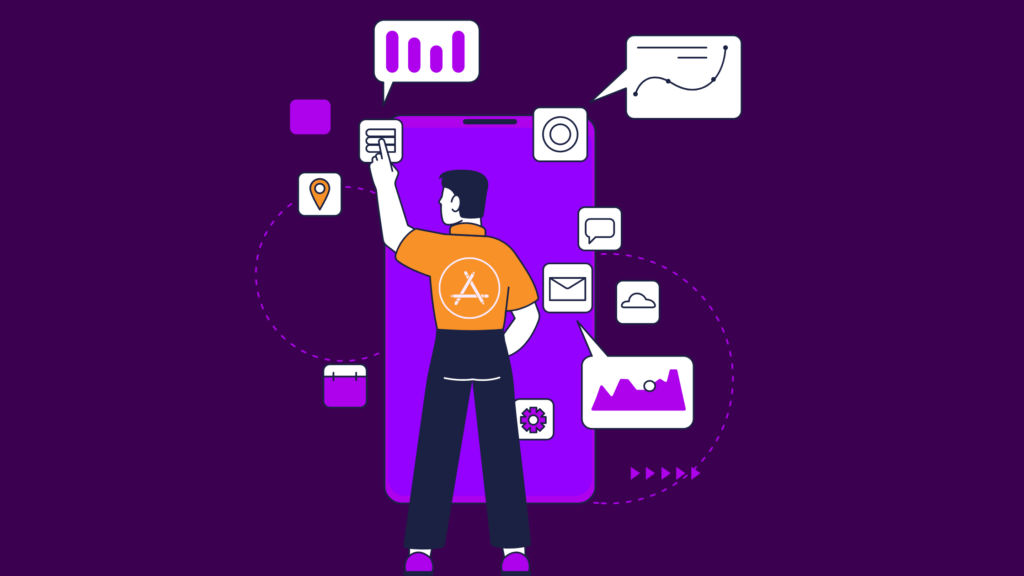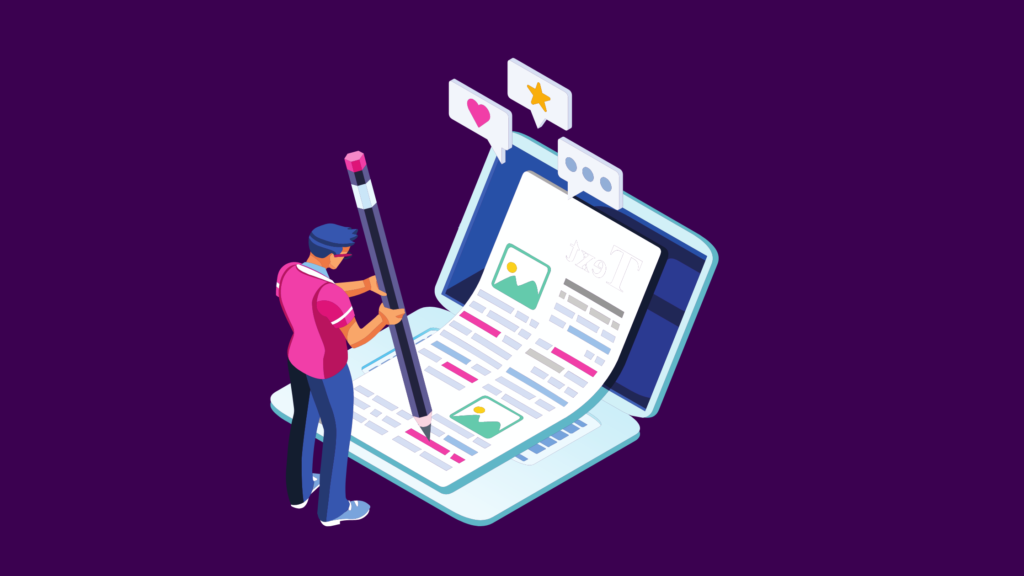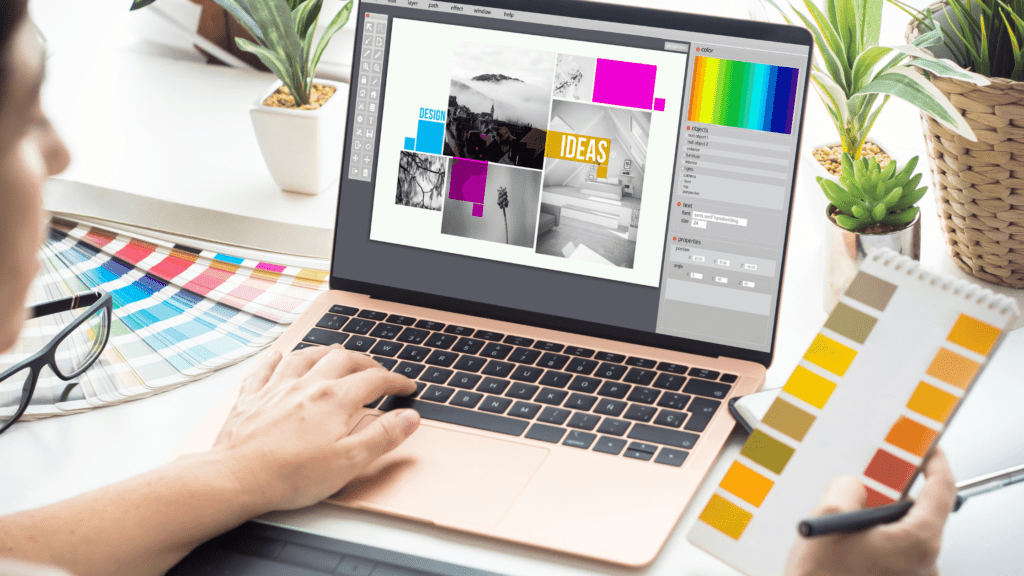In today’s digital age, design plays a crucial role in captivating audiences and communicating ideas effectively. Whether you’re a professional graphic designer, a budding artist, or simply someone with a passion for creativity, having access to powerful design apps is essential.
Fortunately, there are numerous free design apps available that can help you unleash your creativity without breaking the bank. In this blog, we’ll explore the ten best free design apps that are both user-friendly and feature-rich
10 best design apps free
- Canva
- GIMP (GNU Image Manipulation Program)
- Inkscape
- Pixlr
- Easel.ly
- SketchUp Free
- Adobe XD
- Vectr
- Gravit Designer
- Infogram
1. Canva:
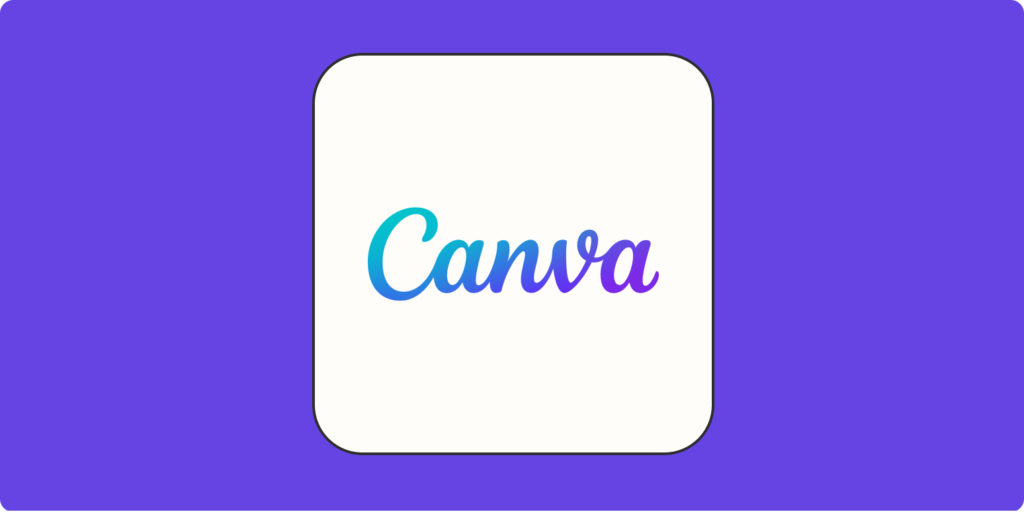
Canva is a web-based design app that has gained immense popularity due to its user-friendly interface and extensive template library. It allows users to create visually appealing graphics, social media posts, posters, presentations, and more without the need for advanced design skills. With Canva, you can easily drag and drop elements, add text, and customize colors to create professional-looking designs in minutes. Its library also includes millions of images, icons, and fonts to enhance your creations.
2. GIMP (GNU Image Manipulation Program):
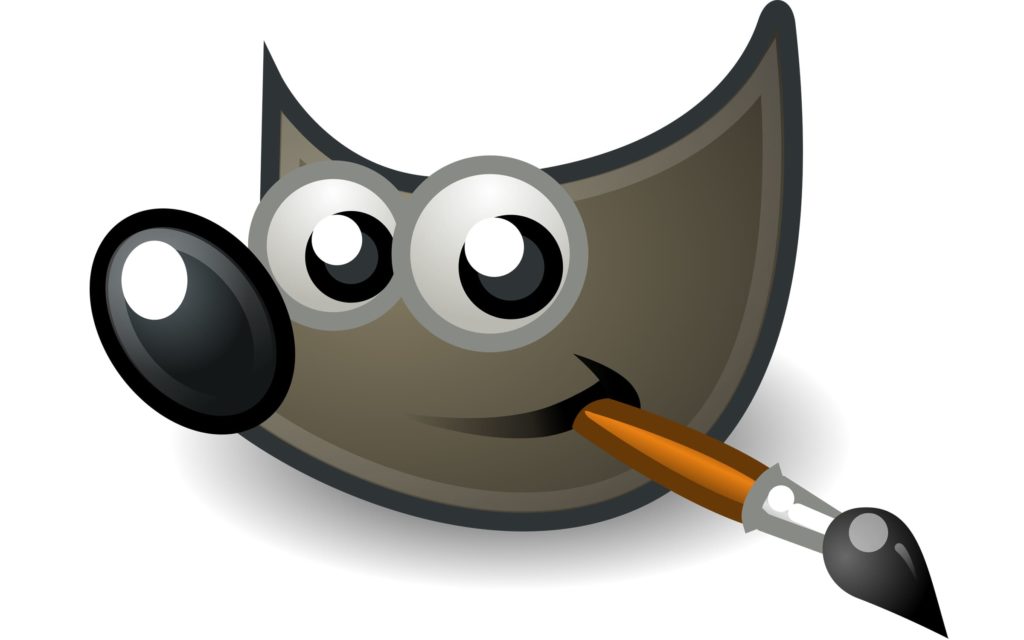
GIMP, short for GNU Image Manipulation Program, is an open-source raster graphics editor. As a powerful alternative to commercial software like Adobe Photoshop, GIMP provides a wide range of tools for photo retouching, image composition, and graphic design. It supports various file formats and offers features like layers, masks, filters, and customizable brushes. While it might have a steeper learning curve than some other apps, GIMP is highly capable and constantly evolving thanks to its dedicated community of developers.
3. Inkscape:

Inkscape is a versatile vector graphics editor that enables users to create scalable graphics and illustrations. Ideal for designing logos, icons, and artwork, Inkscape’s key features include node editing, path operations, text support, and shape tools. The software uses the SVG (Scalable Vector Graphics) file format, making it easy to export high-quality images for both web and print. It’s a valuable tool for those who prefer vector-based design over raster-based design.
Read more: Why did Nokia fail?
4. Pixlr:
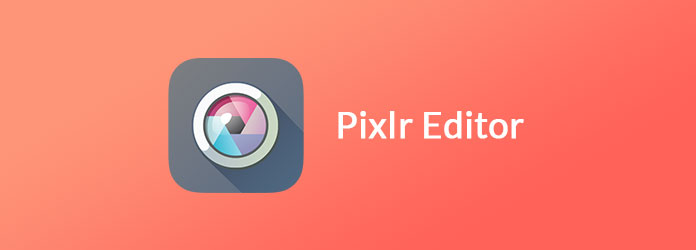
Pixlr is a web-based photo editing app that strikes a balance between simplicity and functionality. It offers a range of editing tools like cropping, resizing, filters, and effects to enhance your images. While it might not have the advanced features of professional editing software, Pixlr is perfect for quick edits and retouching without the need to install any software.
5. Easel.ly:

Easel.ly is specifically designed for creating eye-catching infographics. With a collection of customizable templates and an intuitive drag-and-drop interface, users can easily visualize data and complex ideas. It’s an excellent tool for educators, content creators, and businesses looking to present information in a visually engaging manner.
Read more: Emotional advertising examples.
6. SketchUp Free:
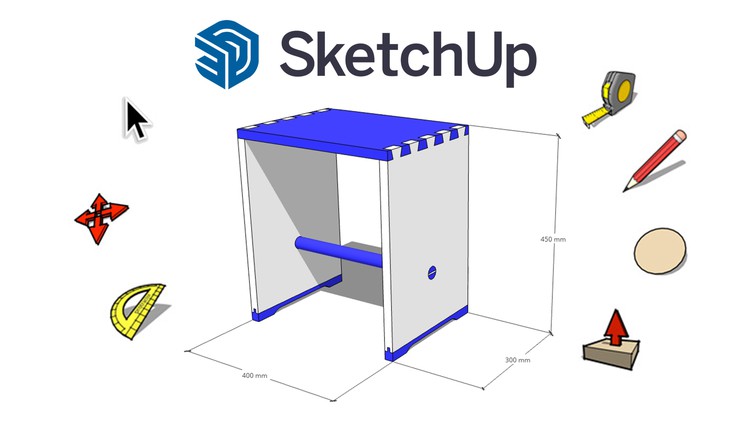
SketchUp Free is a web-based 3D modeling software that allows users to create 3D models of buildings, interiors, landscapes, and more. It offers a simplified interface, making it accessible to beginners, but it still retains powerful features for professional use. Architects, interior designers, hobbyists, and DIY enthusiasts can all benefit from SketchUp Free’s capabilities.
7. Adobe XD:

Adobe XD is a free design app from Adobe that focuses on user experience and interface design. It enables designers to create interactive prototypes and wireframes for websites and mobile apps. With XD, you can easily design and preview user interfaces, ensuring a smooth user experience before moving on to development.
8. Vectr:

Vectr is a straightforward yet powerful vector graphics editor that operates both as a web app and a desktop application. Its real-time collaboration feature allows team members to work together on the same design, making it an excellent choice for group projects and remote teamwork. Vectr is great for creating icons, logos, and illustrations with ease.
9. Gravit Designer:
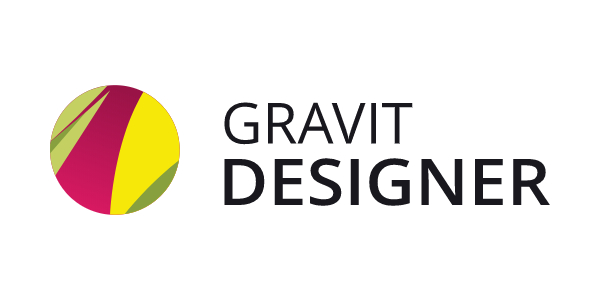
Gravit Designer is another robust vector design app available on multiple platforms. Its extensive toolset, including pen, shape, and text tools, makes it suitable for professional designers and beginners alike. Gravit Designer also supports real-time collaboration and cloud-based storage for seamless workflow management.
10. Infogram:
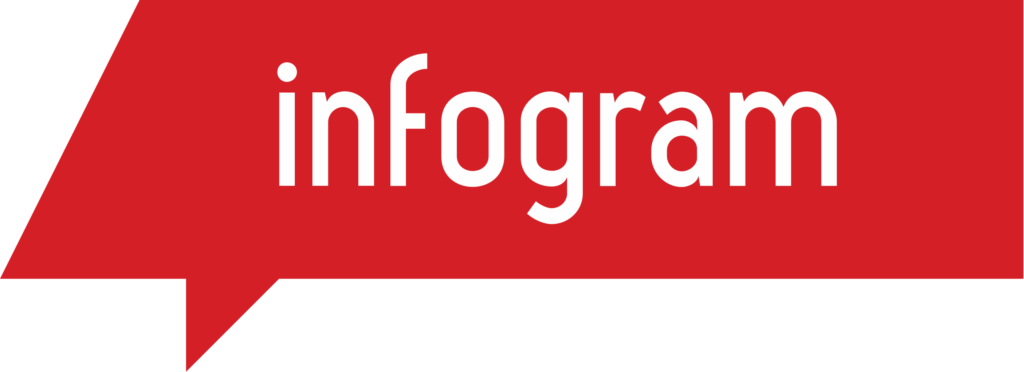
Infogram focuses on data visualization, allowing users to create interactive charts, graphs, and maps. With a wide range of templates and customization options, Infogram makes it easy to transform complex data into engaging visual stories. It’s a valuable tool for educators, marketers, and researchers.
Read more: AI in content creation.
How to choose the right design platform?
Choosing the right design platform is essential to ensure a seamless and productive creative experience. Here are some factors to consider when selecting the best design platform for your needs:
Purpose and Scope:
Identify the primary purpose of the design platform you need. Are you looking for a photo editing tool, a vector graphics editor, or a 3D modeling software? Different platforms cater to specific design tasks, so understanding your requirements will help narrow down the options.
User-Friendly Interface:
For beginners or those with limited design experience, opting for a platform with a user-friendly interface is crucial. Look for design apps with intuitive layouts, drag-and-drop functionality, and guided tutorials to get you started quickly.
Feature Set:
Evaluate the features offered by the design platform. Does it have the tools necessary for your design projects? Consider features like layers, filters, text editing, shape tools, and export options. Advanced users may require additional features such as vector editing, advanced typography, or 3D rendering capabilities.
Compatibility and Accessibility:
Check the compatibility of the design platform with your device and operating system. Some apps are web-based, while others require installation on specific platforms like Windows, macOS, or Linux. Also, consider whether the design platform offers cloud-based storage or synchronization across multiple devices for easy access to your work.
File Formats and Export Options:
Ensure that the design platform supports common file formats for easy sharing and collaboration. Look for apps that allow you to export designs in formats suitable for both web and print, such as PNG, JPEG, SVG, and PDF.
Collaboration Features:
If you plan to work on design projects with a team, consider design platforms that offer collaboration features, such as real-time editing, commenting, and sharing. These features streamline teamwork and ensure seamless communication.
Community and Support:
Check if the design platform has an active community, forums, or support resources. A vibrant community can provide valuable tips, and tutorials, and help troubleshoot issues, making your design journey more enjoyable and productive.
Updates and Development:
Choose a design platform that receives regular updates and improvements. This ensures that you’ll have access to the latest features, bug fixes, and performance enhancements as the software evolves.
Licensing and Terms of Use:
Pay attention to the licensing and terms of use for the design platform. Some free apps may have limitations on commercial use, while others might require attribution when using certain elements. Ensure that the platform’s terms align with your intended usage of the designs you create.
Reviews and Recommendations:
Lastly, read reviews and seek recommendations from other designers or users who have experience with the design platform you’re considering. Their insights can provide valuable perspectives and help you make an informed decision.
Read more: How can you balance multiple content distribution goals.
Conclusion:
These ten best free design apps cater to a variety of creative needs, from graphic design and photo editing to vector illustration and data visualization. They empower both professional designers and enthusiasts to explore their creativity without the need for expensive software. Whether you need to create social media graphics, infographics, 3D models, or user interfaces, these free design apps offer the tools and features to bring your ideas to life with ease.
Read more: Creating a powerful marketing that resonates with consumer needs.

